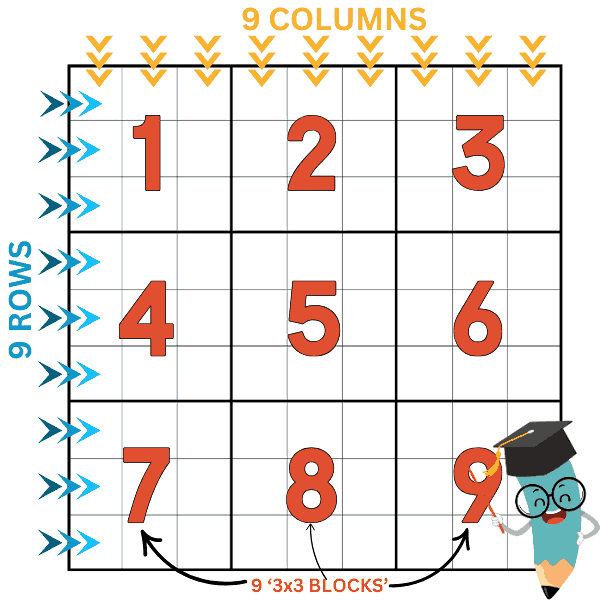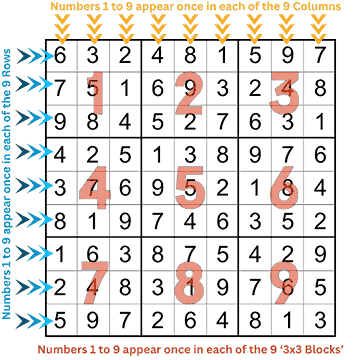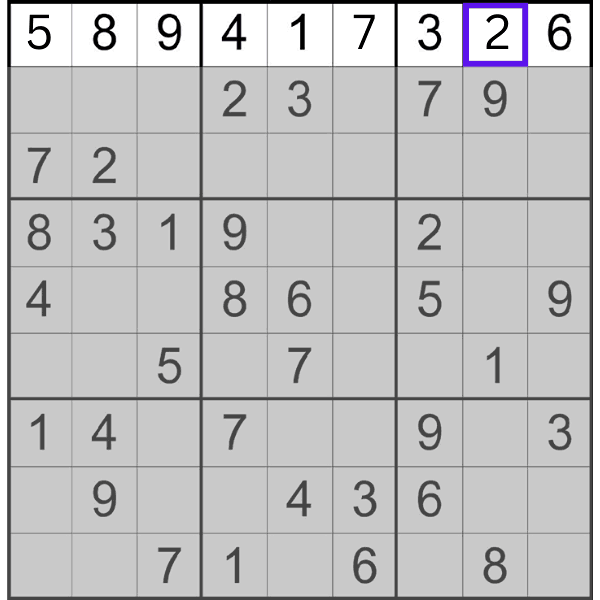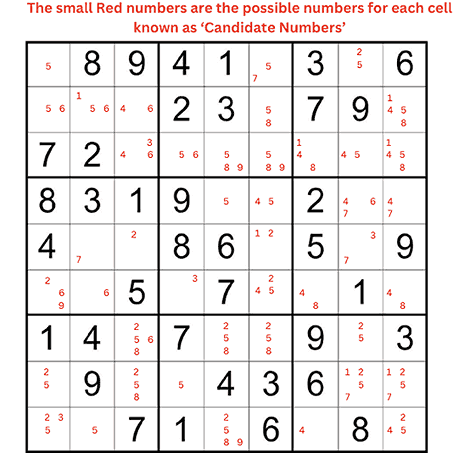Table of Contents
- Introduction
- Understanding the Basics of Sudoku
- Step 1: Mastering the Basics
- Step 2: Using Advanced Techniques
- Step 3: Solving Techniques for Challenging Puzzles
- Step 4: Developing a Systematic Approach
- Step 5: Practicing for Mastery
- Conclusion
- FAQ
Introduction
For a beginner, Sudoku puzzles can be scary for the first time. But with the right strategy, anyone can master them easily. This article will walk you through five easy steps to solve any Sudoku like a pro. By following these steps, you will learn some useful skills to solve even the most challenging puzzles.
Understanding the Basics of Sudoku
It is important to understand first what Sudoku puzzles mean and their basic rules before going into complex strategies. A standard Sudoku puzzle comprises a 9×9 grid divided into nine 3×3 blocks. The goal is to fill the grid with numbers from 1 to 9 so that each row, column, and block contains each number exactly once. Understanding this foundational structure is the first step towards becoming proficient in Sudoku solving.


Step 1: Mastering the Basics
Begin your Sudoku journey by focusing on filling in the obvious numbers, known as singles. These are the sole candidates for specific cells.
Identifying Singles:
Start by scanning each row, column, and block to identify cells with only one possible number. This straightforward approach is often the quickest way to solve a puzzle. For instance, if a cell is the only one in its row that can be a 2, confidently place a 2 in that cell.


Scanning Techniques:
You must develop a systematic scanning habit across the entire grid. Identify missing numbers in rows, columns, and blocks to pinpoint where those numbers can be placed next.
Step 2: Using Advanced Techniques
Once you are comfortable with the basics, move to more sophisticated strategies that enhance your ability to tackle challenging puzzles.
Naked Pairs:
This technique involves identifying two cells within a row, column, or 3×3 block that contain the same pair of candidates and no others. Utilizing Naked Pairs allows you to eliminate those candidates from other cells within the same row, column, or block. Read more.
Hidden Singles:
Hidden singles are candidates that appear only once in a row, column, or block but aren’t immediately apparent. Recognizing hidden singles requires careful observation and can significantly reduce the puzzle’s possibilities. Read more.
Step 3: Solving Techniques for Challenging Puzzles
You can now confidently approach tougher puzzles using advanced techniques like X-Wing and Swordfish.
X-Wing:
Identify two rows or columns where a specific candidate appears twice in the same positions. By recognizing an X-Wing pattern, you can eliminate that same candidate from other cells in those rows or columns. Read more.
Swordfish:
An extension of the X-Wing technique involving three rows and three columns. Detecting a Swordfish pattern allows for the elimination of candidates from other cells, simplifying puzzle-solving. Read more.
Step 4: Developing a Systematic Approach
Establish a systematic method to maintain accuracy and efficiency throughout your Sudoku-solving process.
Pencil Marks:
Maintain candidate lists for each cell, and update them as you progress. This technique helps manage possibilities and minimizes errors.
Organizing Candidates:
Develop a strategy for organizing candidates, such as starting with rows, moving to columns, and then focusing on blocks. This systematic approach ensures comprehensive coverage of all potential solutions.

Step 5: Practicing for Mastery
Consistent practice is the key to mastering Sudoku puzzles. Develop a regular practice routine to sharpen your skills and enhance your problem-solving abilities.
Setting up a Practice Routine:
Dedicate specific times each day to solving Sudoku puzzles. Begin with easier puzzles and gradually progress to more challenging ones as your confidence grows.
Using Online Resources and Apps:
Leverage online platforms and apps offering a variety of puzzles and features such as hints and step-by-step solutions. These resources facilitate skill enhancement and technique learning.
Conclusion
By following these five steps carefully and practicing regularly, you’ll soon solve Sudoku puzzles with the skill of a seasoned pro. Success depends on implementing these techniques systematically and embracing continuous learning and improvement.
FAQ
Q: What is the best way to start solving a Sudoku puzzle?
A: Begin by scanning for singles—cells with only one possible number. This foundational strategy establishes a solid base for advanced techniques.
Q: How often should I practice Sudoku to improve my skills?
A: Regular practice, ideally daily or several times a week, enhances problem-solving abilities and reinforces technique mastery.
Q: Are there online resources for learning advanced Sudoku techniques?
A: Yes, numerous websites such as sudokustation.com, apps, and YouTube channels offer tutorials and tips for mastering advanced Sudoku strategies.
Q: Can playing Sudoku improve cognitive abilities?
A: Absolutely! Regular Sudoku play enhances memory, concentration, and logical thinking skills.
Q: What should I do if I get stuck on a Sudoku puzzle?
A: Take a break and return with a fresh perspective. Review pencil marks and consider alternative strategies to overcome challenges.
